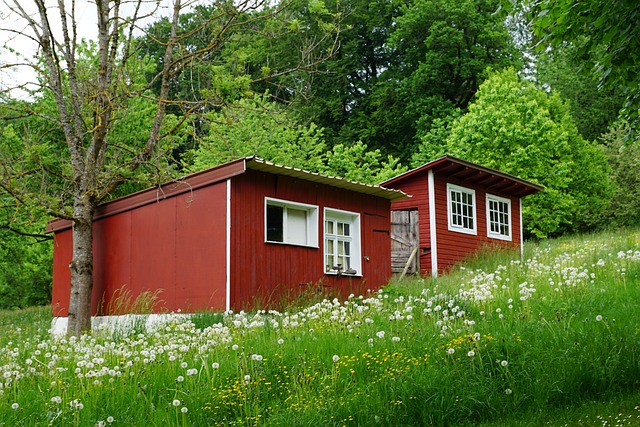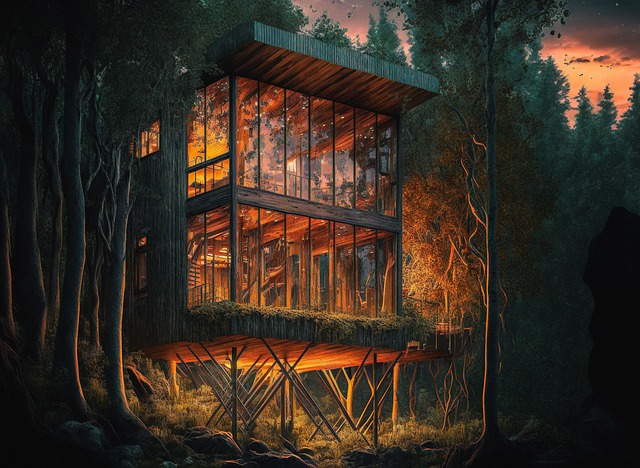The real estate industry is witnessing a trend towards micro homes, driven by environmental consciousness and changing lifestyles. These compact dwellings offer a sustainable alternative to larger houses, reducing resource consumption and carbon footprints. Popular examples like the "Tiny House Village" in Portland and "Eco-Village" in UK showcase the benefits of minimalism and community living. Micro homes are gaining traction globally as an innovative, eco-friendly option in real estate.
In today’s eco-conscious world, the concept of micro homes is gaining traction as an appealing and sustainable alternative to larger dwellings. This article explores the rising trend in real estate, focusing on how small spaces can have a big impact on environmental sustainability. We delve into green features that define eco-friendly dwellings and uncover the power of co-housing models in reducing our carbon footprint. Discover successful case studies and learn about innovative developments reshaping the future of sustainable living in real estate.
Small Spaces, Big Impact: The Rise of Micro Homes in Real Estate

In recent years, the real estate landscape has witnessed a significant shift towards smaller, more sustainable dwellings known as micro homes. These compact spaces offer an eco-friendly alternative to larger conventional houses, addressing both environmental concerns and changing lifestyle preferences. The rise of micro homes is not just a trend; it’s a response to the growing need for sustainable living and efficient space utilization.
With limited real estate in urban areas, micro homes provide a practical solution by maximizing functionality within minimal square footage. This innovative approach allows individuals and families to enjoy all the comforts of home while minimizing their carbon footprint. As environmental awareness continues to rise, so does the appeal of these tiny abodes, proving that size doesn’t matter when it comes to creating a fulfilling and eco-conscious life.
– Exploring the concept of micro homes and their environmental benefits

In the realm of Real Estate, micro homes are emerging as a sustainable and eco-friendly alternative to larger dwellings. These compact living spaces, often described as tiny houses, offer a unique way to minimize environmental impact while maximizing efficiency. By downsizing, individuals can reduce their carbon footprint through decreased resource consumption—less energy for heating and cooling, less water usage, and lower material demands during construction.
The movement towards micro homes is not just about saving space; it’s a conscious decision to live more simply and in harmony with nature. This trend encourages innovation in design, promoting smart, well-organized spaces that prioritize functionality and minimalism. As a result, micro homes contribute to a greener future, offering a viable option for those seeking to reduce their ecological footprint without compromising on comfort or quality of life.
– Case studies of successful micro home communities

In recent years, micro homes have emerged as a sustainable solution in the real estate sector, challenging traditional notions of living space. Case studies from around the globe highlight successful micro home communities that embrace compact living. For instance, the “Tiny House Village” in Portland, Oregon, USA, has become a model for urban micro-dwelling. This community consists of small, affordable homes, offering a sustainable and cost-effective alternative to larger properties. The village promotes a sense of community and reduces the environmental impact associated with traditional real estate development.
Another notable example is the “Eco-Village” in East Sussex, UK, where residents have created a self-sufficient ecosystem with micro homes designed for energy efficiency and minimal waste. This community focuses on sustainable living practices, including communal gardens, renewable energy sources, and waste management systems. These case studies demonstrate that micro homes can foster vibrant communities while reducing the ecological footprint, providing valuable insights for those seeking eco-friendly real estate alternatives.






